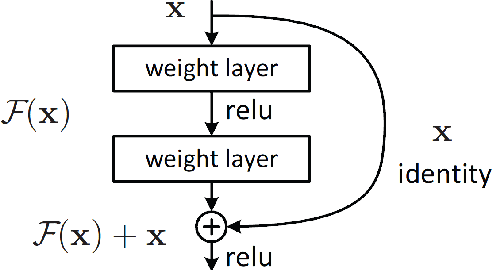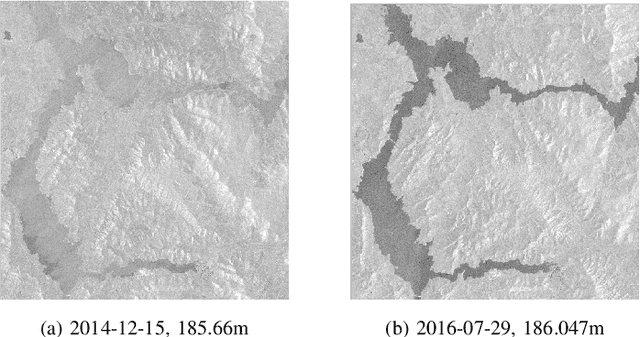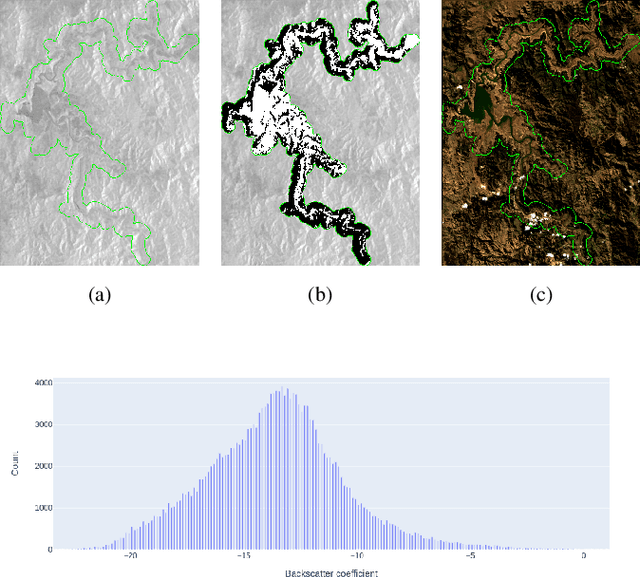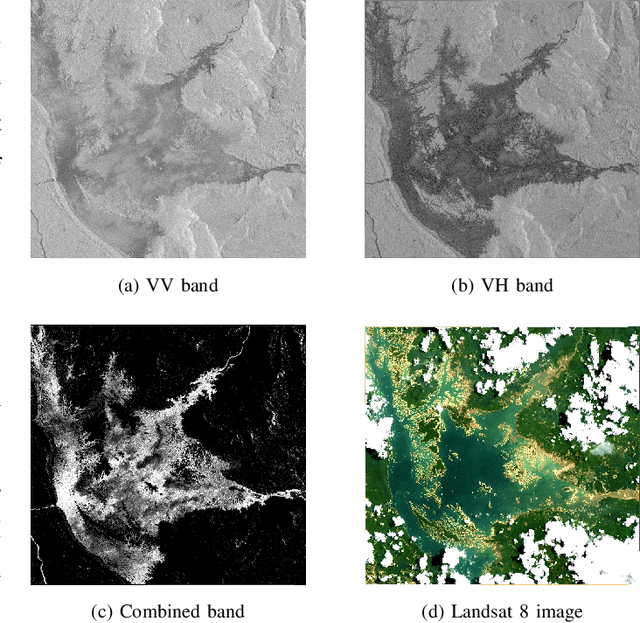Thien-Nu Hoang
Supervised Contrastive ResNet and Transfer Learning for the In-vehicle Intrusion Detection System
Jul 18, 2022



Abstract:High-end vehicles have been furnished with a number of electronic control units (ECUs), which provide upgrading functions to enhance the driving experience. The controller area network (CAN) is a well-known protocol that connects these ECUs because of its modesty and efficiency. However, the CAN bus is vulnerable to various types of attacks. Although the intrusion detection system (IDS) is proposed to address the security problem of the CAN bus, most previous studies only provide alerts when attacks occur without knowing the specific type of attack. Moreover, an IDS is designed for a specific car model due to diverse car manufacturers. In this study, we proposed a novel deep learning model called supervised contrastive (SupCon) ResNet, which can handle multiple attack identification on the CAN bus. Furthermore, the model can be used to improve the performance of a limited-size dataset using a transfer learning technique. The capability of the proposed model is evaluated on two real car datasets. When tested with the car hacking dataset, the experiment results show that the SupCon ResNet model improves the overall false-negative rates of four types of attack by four times on average, compared to other models. In addition, the model achieves the highest F1 score at 0.9994 on the survival dataset by utilizing transfer learning. Finally, the model can adapt to hardware constraints in terms of memory size and running time.
Water Level Estimation Using Sentinel-1 Synthetic Aperture Radar Imagery And Digital Elevation Models
Dec 28, 2020



Abstract:Hydropower dams and reservoirs have been identified as the main factors redefining natural hydrological cycles. Therefore, monitoring water status in reservoirs plays a crucial role in planning and managing water resources, as well as forecasting drought and flood. This task has been traditionally done by installing sensor stations on the ground nearby water bodies, which has multiple disadvantages in maintenance cost, accessibility, and global coverage. And to cope with these problems, Remote Sensing, which is known as the science of obtaining information about objects or areas without making contact with them, has been actively studied for many applications. In this paper, we propose a novel water level extracting approach, which employs Sentinel-1 Synthetic Aperture Radar imagery and Digital Elevation Model data sets. Experiments show that the algorithm achieved a low average error of 0.93 meters over three reservoirs globally, proving its potential to be widely applied and furthermore studied.
 Add to Chrome
Add to Chrome Add to Firefox
Add to Firefox Add to Edge
Add to Edge